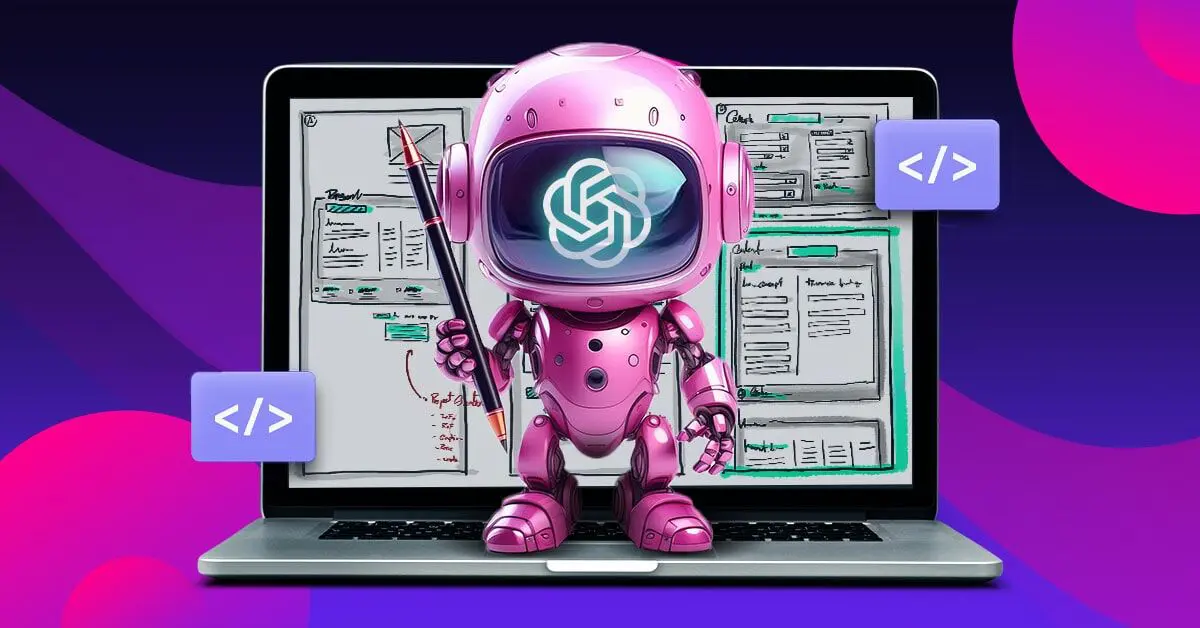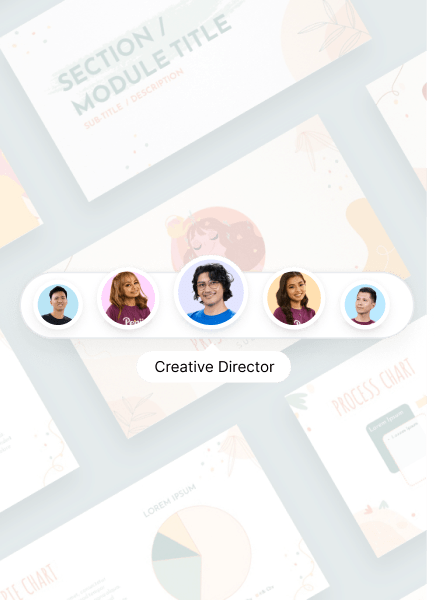
Can ChatGPT design a website? This AI chatbot can now assist you in building a website by generating HTML code, recommending website structure, developing color schemes, generating titles and outlines, writing meta descriptions, and more. In this article, we give you a straightforward guide to creating your website with the help of ChatGPT. We’ll also share some ChatGPT web design challenges and limitations to keep you informed. Let’s dive in!
ChatGPT Web Design Overview
Recently, the AI model created a buzz because of its ability to build a website from scratch. Some programmers even demonstrated the AI’s potential by showing how the model could write HTML codes to build simple websites or apps. Additionally, ChatGPT can give you ideas on how to design your website, even for WordPress and other website builders. It also can generate SEO keywords and headlines for your site.
Building an entire website through an AI chatbot prompt is revolutionary. How can a text input design an interactive website? That’s one of the newly discovered powers of natural language processing (NLP) systems such as ChatGPT, Gemini, and Microsoft Copilot. Aside from being a handy writing assistant, GPT-4-enabled AI tools can also help with web development, including programming.
How does ChatGPT design websites?
ChatGPT is a brilliant AI language model that can interact with users conversationally. That said, ChatGPT can play a significant role in designing websites. You can use it to write code and craft creative content. This means ChatGPT can now assist in the backend development of a website (HTML) and generate new ideas to build compelling website content.
Any large language model (LLM) solution, such as ChatGPT, can generate the code snippets and design elements needed to create your website. For more straightforward navigation and customization, you may start with simple websites such as landing pages and WordPress sites.
Let’s see how ChatGPT web design works in detail.
Building HTML with ChatGPT
ChatGPT can generate HTML lines to help with several processes in a web development project. For beginners, HTML is a markup language used to create a website’s structure and add relevant visual elements like texts, images, and videos.
ChatGPT can be your HTML handy assistant! Tell the chatbot what you want to build, and it will write the code. For instance, you could ask ChatGPT to “write an HTML code for a landing page that introduces a book author: his name, books published, genre, and other information.”
After entering that prompt, the AI model will generate the code in seconds. It also provides an explanation and description of the code generated. Based on our sample prompt above, you can see ChatGPT’s response below:
Generating Creative Content Using ChatGPT
You can also seek the assistance of ChatGPT in coming up with the structure of your website and creative content for various purposes. To do this, just input a detailed prompt making the AI model to give you ideas on how to structure your site. ChatGPT will typically generate a detailed list of all the pages that could be included in your website.
But that’s not all. You can leverage ChatGPT for the following creative tasks:
- Developing color schemes
- Generating SEO titles and headlines
- Creating outlines
- Creating meta descriptions
- Rephrasing and generating site content
- Creating images
Now that your website looks impressive, leverage ChatGPT’s language processing to craft engaging content. ChatGPT can analyze your design and suggest compelling content, all within your web design platform. This AI tool can even draft content for you, giving you a head start.
ChatGPT Web Design Challenges and Limitations
Although it exceeds the features of existing AI-powered tools, ChatGPT still has some challenges and limitations.
1. Accuracy
The most obvious concern is information accuracy. While powerful, ChatGPT may deliver factually incorrect information due to its inability to verify data.
2. Outdated Knowledge
As you can recall, ChatGPT responses mostly include 2021 data. As OpenAI feeds information from 2022 into the ChatGPT model, it may produce false or outdated information, specifically for questions related to more recent topics.
3. Fact-Checking Required
If you neglect the human editing process for AI-generated website content, it can result in a bad brand reputation. Always verify ChatGPT’s output before relying on it for your project to avoid spreading misinformation.
4. Code Testing
Test any AI-generated code (like from ChatGPT) using tools like Replit, an AI-powered software development and deployment platform, before integrating it into your website to ensure functionality.
5. Time-Consuming Nature of DIY Web Design
Using ChatGPT to build a website can take time, especially if you need prior experience or technical knowledge. While it provides AI website design guidance, you will still need to invest time and effort into learning and implementing the necessary steps. This time could be better spent on other business aspects requiring your expertise.
6. Lack Of Specialized Design Expertise
While ChatGPT offers impressive capabilities, it doesn’t match the specialized design expertise of professional agencies. An effective website requires a deep understanding of user experience, visual aesthetics, and industry best practices. Without this professional expertise, your website may struggle to stand out from the competition and engage your target audience effectively.
Conclusion
ChatGPT is a powerful tool, but more is needed than the expertise of a professional web designer. While it can help with basic tasks, crafting a truly exceptional website requires a deep understanding of user experience, visual design, and the latest trends.
That’s where Penji comes in. Our team of skilled designers creates websites that look stunning and convert visitors into customers. Are you ready to take your website to the next level? Get a demo from Penji today!
About the author

Rowena Zaballa
With a background as a former government employee specializing in urban planning, Rowena transitioned into the world of blogging and SEO content writing. As a passionate storyteller, she uses her expertise to craft engaging and informative content for various audiences.
Table of Contents
- ChatGPT Web Design Overview
- How does ChatGPT design websites?
- Building HTML with ChatGPT
- Generating Creative Content Using ChatGPT
- ChatGPT Web Design Challenges and Limitations
- 1. Accuracy
- 2. Outdated Knowledge
- 3. Fact-Checking Required
- 4. Code Testing
- 5. Time-Consuming Nature of DIY Web Design
- 6. Lack Of Specialized Design Expertise
- Conclusion













